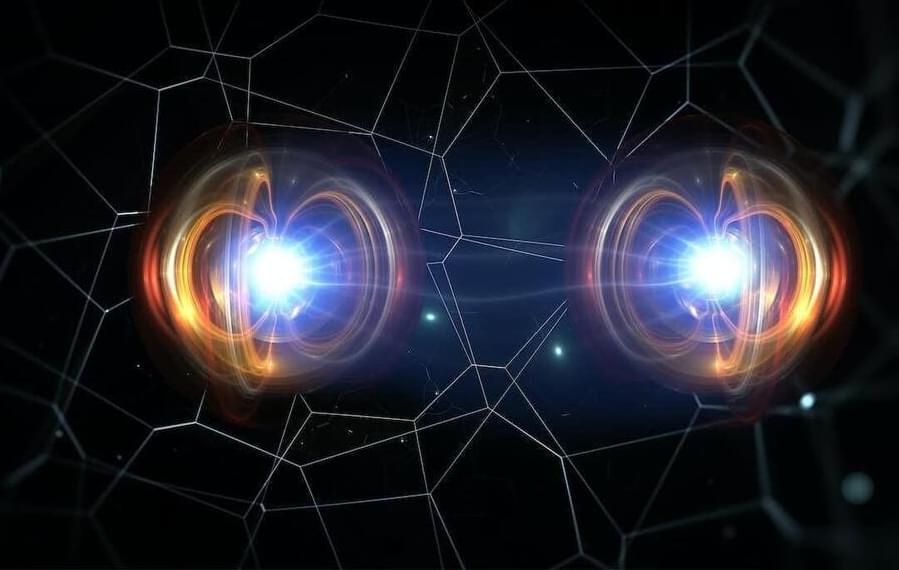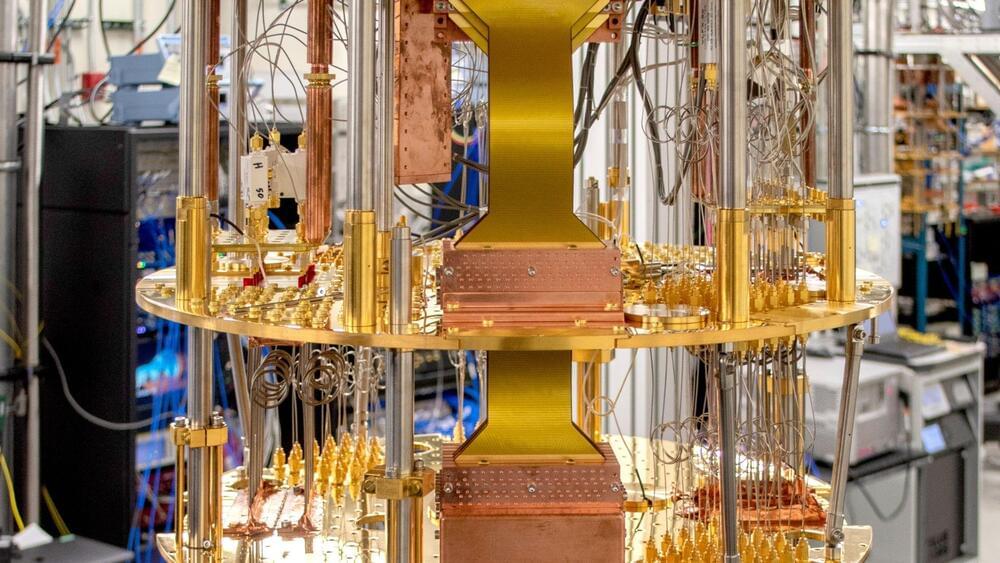Nov 11, 2022
Experiments Deliver Superposition Of Photon Going Forward And Backward In Time
Posted by Shubham Ghosh Roy in categories: particle physics, quantum physics, time travel
Two different groups have tested a seemingly counter-intuitive property of the quantum world: That it’s possible to put a photon, a particle of light, in a superposition of states going forward and backward in time. This is not time travel and won’t lead to communicating with the past – but it is an intriguing demonstration of how time can be thought to work at a quantum level.
Unless you have a TARDIS or a DeLorean, time only flows in one direction (forward) for us. This annoying little fact that protects us from all sorts of paradoxes is called the arrow of time. It is believed to be related to the concept of entropy (which always increases in an isolated system like the universe) but it doesn’t seem to be as fundamental at the quantum level.
Instead, something that appears to be fundamental is the so-called CPT symmetry (charge, parity, and time reversal symmetry). This holds for all physical phenomena, and if a combination of two of them is violated (such as famously the CP violations) there ought to be a violation in time symmetry as well.


















